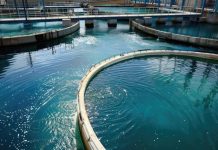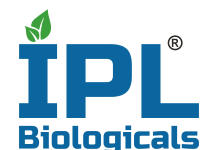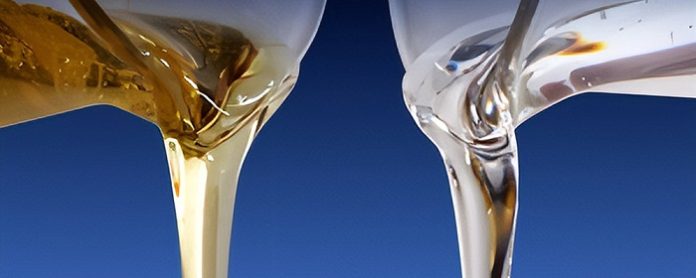Abstract
ECH is an essential raw material for the production of epoxy resins, which, in turn, is used in various applications including corrosion protection coatings in industrial, automotive, and packaging. Beside protective coatings, epoxy resins are also used in the manufacture of composites, that have major applications in aerospace, wind turbine and automotive industries. In this brief overview, the prospects of manufacturing in India is highlighted mainly thru the sustainable glycerol route.
Introduction
As India navigates towards a $ 5 trillion economy, the role of manufacturing will take centre stage. Industry 4.0, ‘Atmanirbhar Bharat’, Make in India’ will lead the impetus to boost manufacturing.
The changing geo-political scenario, as countries aim to reduce their dependence on China for importing key chemicals and raw materials, has created opportunities for the Indian chemical sector to grow beyond boundaries.
ECH (Epichlorohydrin) is one of the important ingredients and building blocks for numerous industries including Paints & Coatings, Automobiles, Windmills, Construction materials, Pharmaceuticals, Adhesives, Water treatment chemicals, etc.
Market Status
In India, 80% of ECH goes into Epoxy Resin manufacturing, which further goes into industries such as Paints, Automotives, Construction materials, Windmills, Adhesives, Electronics and other industries that rely on Epoxy Resin and in turn ECH.
The remaining 20% of the ECH is consumed by the pharmaceuticals industry and for water treatment chemicals, demand for which is also expected to grow much faster.
As of today, India imports almost 100% of its ECH requirements from Southeast Asian countries and western countries, making it 100% reliant on imports. The demand for ECH in India has reached a sizeable level and further on the account of infrastructure spending by the government and consumption story of India demand for ECH is expected to grow much faster. India still needs to go a long way to create a sustainable ecosystem for ECH production and development.
Future Prospects
As per a new report by Grand View Research Inc, the global Epichlorohydrin market size is projected to reach USD 4.40 billion by 2030. In a more short term perspective, the consumption of ECH globally is forecasted to grow at an estimated rate of 4-5%.
In India, the demand for ECH is expected to grow at around 15% CAGR and currently, 100% of the demand is met through imports. The need of the hour is to meet this demand by Indian companies to reduce dependency on import and also save on foreign exchange reserves of the country. In FY2015, ECH demand was 34,000-tonnes, which increased by 94% to 65,000-tonnes in FY2019. Even though China is the largest ECH manufacturer globally, India is expected to grow in the coming years.
With the recent initiatives of the government, especially with ‘Atmanirbhar Bharat’, ‘Make in India’ etc. the government has provided a huge uptick for several industries including automotive, green energy, pharmaceuticals, paint, construction, speciality chemicals, electronics etc. The impetus and boost provided by these PLI schemes will lead to an increase in the number of projects and an increase in the demand for ECH, a common denominator for these industries. Also, governments in India and around the world are spending heavily on the infrastructure which is boosting demand for ECH, both in the domestic and global market. India will continue to be a net importer in the foreseeable future.
The narrative has changed tremendously with climate change, carbon- neutrality, ESG compliance and sustainability taking the lead part over the past years. Chemical companies have undergone transformation and change through innovative design, creation, processing, use, and disposal of substances to ensure their carbon-foot print has reduced considerably. In the ECH manufacturing space, the role of smart manufacturing has taken precedence.
Typically, there are two ways of manufacturing ECH i.e. high temperature chlorination process by propylene and glycerine process. Generally, companies use petroleum-based feedstock in ECH production, but lately, there has been a sharp surge in its production from glycerine in the world, which is bio-based and environmentally friendly. This process consumes less water and energy as compared to the propylene process.
To summarize, with growth in consumption and infra spending the demand for ECH is expected to grow much faster and manufacturing through the glycerol process will bring sustainability and a long way for it to grow.
































